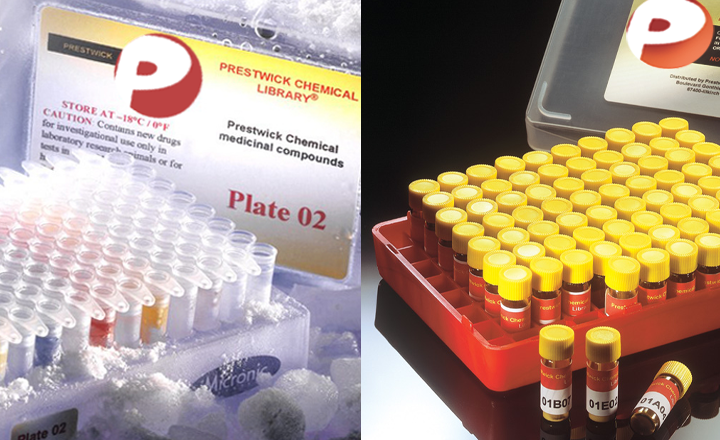An Unbiased Drug Screen for Seizure Suppressors in Duplication 15q Syndrome Reveals 5-HT1A and Dopamine Pathway Activation as Potential Therapies
Roy B, Han J, Hope KA, Peters TL, Palmer G, Reiter LT
Biological Psychiatry 1-12 (2020)
Biological Psychiatry
Background: Duplication 15q (Dup15q) syndrome is a rare neurogenetic disorder characterized by autism and pharmacoresistant epilepsy. Most individuals with isodicentric duplications have been on multiple medications to control seizures. We recently developed a model of Dup15q in Drosophila by elevating levels of fly Dube3a in glial cells using repo-GAL4, not neurons. In contrast to other Dup15q models, these flies develop seizures that worsen with age. Methods: We screened repo>Dube3a flies for approved compounds that can suppress seizures. Flies 3 to 5 days old were exposed to compounds in the fly food during development. Flies were tested using a bang sensitivity assay for seizure recovery time. At least 40 animals were tested per experiment, with separate testing for male and female flies. Studies of K+ content in glial cells of the fly brain were also performed using a fluorescent K+ indicator. Results: We identified 17 of 1280 compounds in the Prestwick Chemical Library that could suppress seizures. Eight compounds were validated in secondary screening. Four of these compounds regulated either serotonergic or dopaminergic signaling, and subsequent experiments confirmed that seizure suppression occurred primarily through stimulation of serotonin receptor 5-HT1A. Additional studies of K+ levels showed that Dube3a regulation of the Na+/K+ exchanger ATPα (adenosine triphosphatase α) in glia may be modulated by serotonin/dopamine signaling, causing seizure suppression. Conclusions: Based on these pharmacological and genetic studies, we present an argument for the use of 5-HT1A agonists in the treatment of Dup15q epilepsy.


